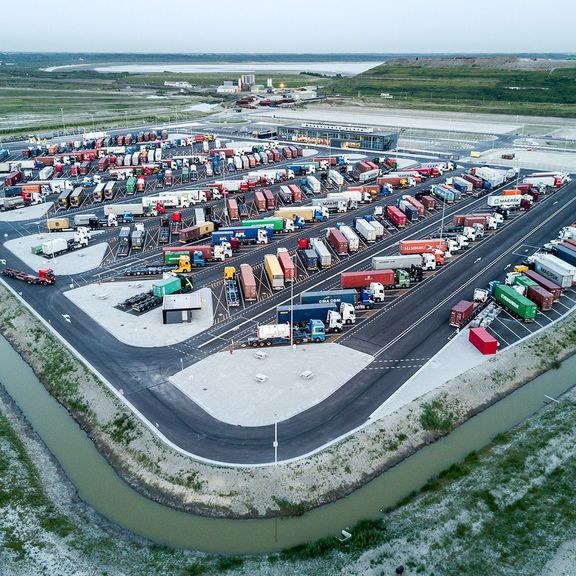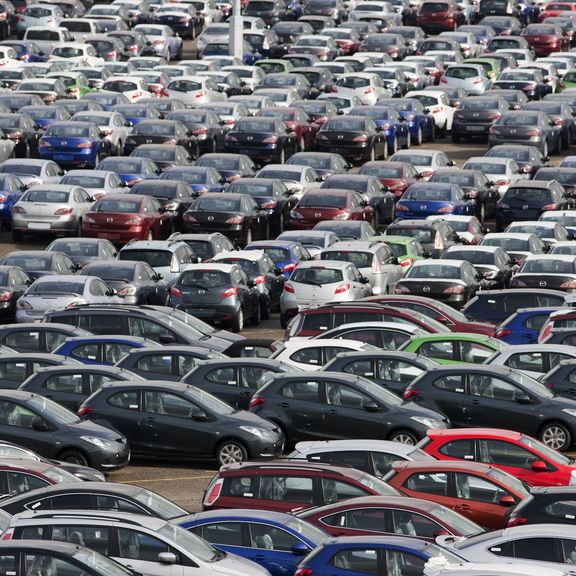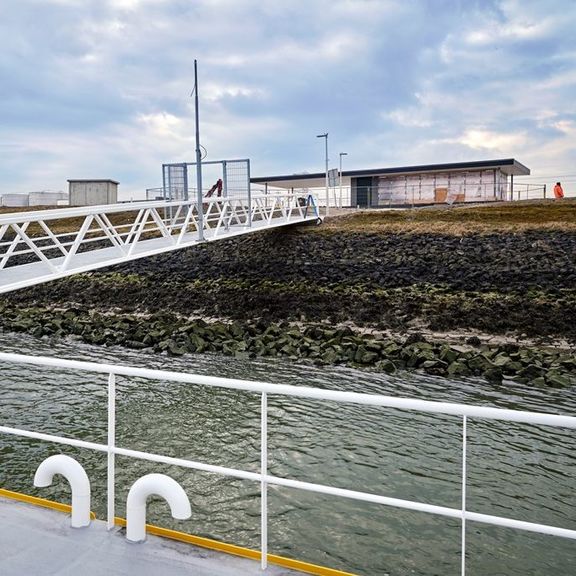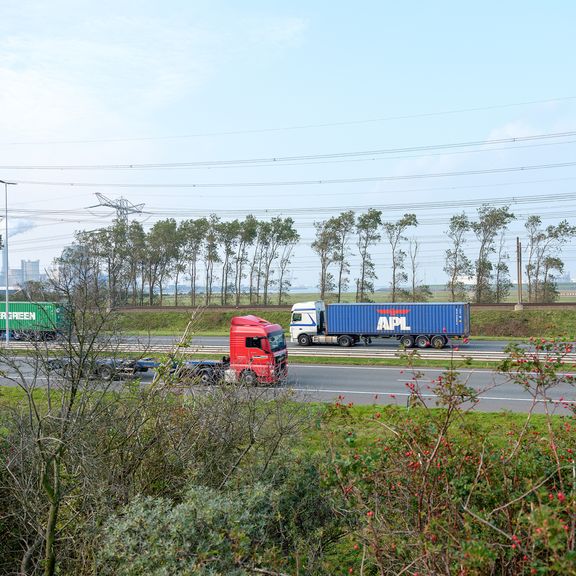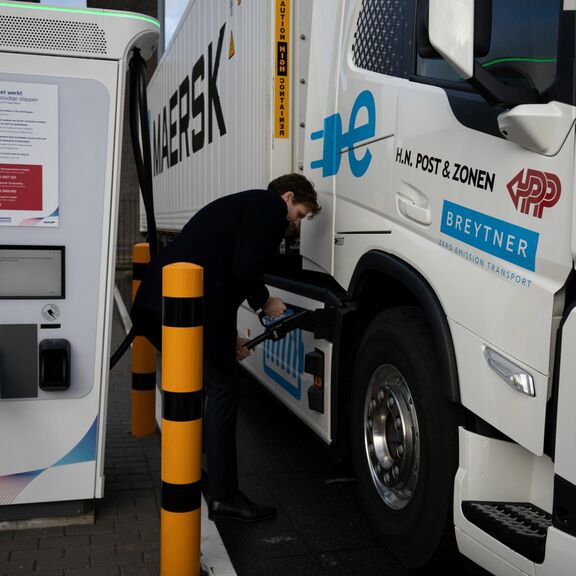
Accessible port
Working together for accessibility of the port of Rotterdam
Excellent accessibility is of vital importance to the port of Rotterdam. Together with its partners, the Port of Rotterdam Authority is committed to ensuring that the port remains accessible. By land and rail as well as by water.
We do this by making infrastructural improvements ourselves and by collaborating with other parties that play a role in the freight flows to the hinterland.

Improving logistics processes
The Port Authority offers digital solutions to automate processes in the port. We take an active role in making data and information available and developing applications that can provide benefits for the logistics chain and our customers. Read more about digitalisation in the logistics chain and our online services.
PortXchange
PortXchange is an application that shipping companies, agents, terminals and other service providers can use to optimally plan, execute and monitor all activities during a port call. This includes pilotage, terminal use and bunker services.
Port development and projects
The Directorate-General for Public Works and Water Management (Rijkswaterstaat), and the Municipality of Rotterdam are working on various projects in and around the port. These projects affect the infrastructure. Together with them we will keep you informed of developments as accurately as possible.
Access requirements for trucks on the Maasvlakte
Large trucks with diesel engines are subject to access requirements on Maasvlakte 1 and 2. They must have a clean Euro VI engine. The Municipality of Rotterdam is responsible for the implementation and enforcement of this measure.
Blankenburg connection
The Blankenburg connection is a new motorway ( the A24), connecting the A20 near Vlaardingen with the A15 near Rozenburg. The realisation of the Blankenburg connection will contribute to the accessibility of the port. When you drive on the A24, you must pay toll.
FacilitIES
Keeping South Holland accessible
In order to maintain access to the province of South Holland, the provincial authority will be carrying out maintenance and renovation work on roads and railways in the coming decades. The Ministry of Infrastructure and Water Management, the provincial authority of South Holland, the city authorities of Rotterdam and The Hague, the Rotterdam Metropolitan Region, the Port of Rotterdam Authority, the rail manager ProRail and Rijkswaterstaat are working together on an accessibility strategy to make the region accessible, liveable and safe.
Accessibility and hinterland
The port of Rotterdam is the largest sea port in Europe. The port owes its leading position to its excellent accessibility by sea and the availability of intermodal connections. The Port of Rotterdam is working continuously to improve accessibility and strengthen our position as Europe’s largest logistical and industrial hub. For example, we are actively working to strengthen the TEN-T network in Europe (Trans-European Networks – Transport), one of the cornerstones of European transport policy, and we are advocating for retaining the European joint funding of projects to enable cross-border transport in Europe and remove any bottlenecks.
We are also a partner in the MIRT Freight Transport Corridors Programme, along with the Ministry of Infrastructure and Water Management and four provinces. Under this programme, we are working to make freight transport more sustainable, smart and efficient along the East (including A15, Betuwe Route) and South-East (to Brabant, Limburg) transport corridors.
